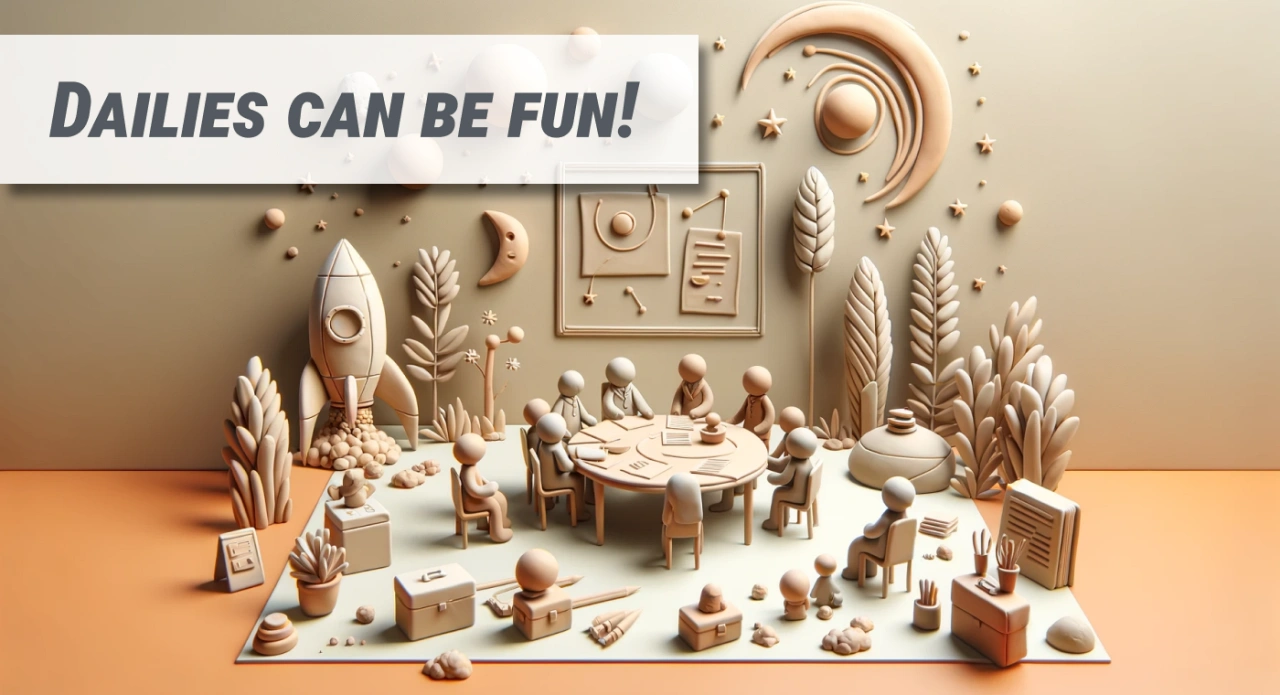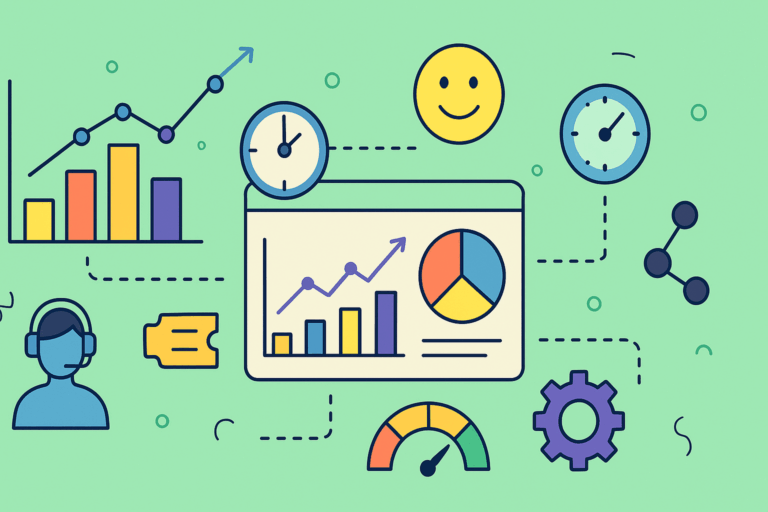Meet Sam: our veteran (yet desperate) Scrum Master
Let’s imagine the everyday life of Sam, a seasoned Scrum Master with 20 years of experience facilitating agile teams.
In spite of his long background, Sam feels overwhelmed by a problem that is eating up the productivity of his company: long meetings. Or just too many meetings. Someone shared an article named Stop The Meeting Madness in the #random Slack channel stating that executives nowadays spend 23 hours per week in meetings, opposed to just 10 hours back in the sixties. But this was in 2017, and it feels like things have only gotten worse since then, with the added injure of most meetings having a virtual component that makes them dull and impersonal.
Okay, he tells himself. Perhaps it’s not that bad! After all, my team isn’t made up of executives. They are developers!
He goes over the HBR piece again and tries to convince himself it’s describing a different reality. Then he gets to the terrifying stats from the survey.
62% of surveyed executives said meetings miss opportunities to bring the team closer together
That’s the nail in the coffin. Sam can’t stop thinking of how poor the spirit is in his team’s daily standups. They should be an exciting moment of coming together to get in sync and understand how to work better together. Instead, they feel like a tired ritual everyone accepts, but nobody prepares for.
When he shares the project board in Jira, some folks just improvise. Others review their individual tickets one by one, losing sight of the sprint goal. He misses the early days of agile, when he would sit in the co-founder’s garage and work hands on with a bunch of post it notes. That was exciting!
In his talks, Sam often opened with a quote by JCPenney’s founder.
The best teamwork comes from men who are working independently toward one goal in unison.
– James Cash Penney
Now, he realizes that his team is living in the exact opposite world. They’re barely a team, only held together by punctual moments of collaboration.
It’s a vicious feedback loop.
Disinterest brews among team members. The more off-track the meetings go, the less engaged they become. Dailies have become a sequence of tedious monologues, with blockers buried under chatter.

And it’s even worse when the daily scrum is hijacked and turns into ad-hoc problem-solving. Just last week, a client critical incident turned the standup into a two-hour troubleshooting marathon.
Sam yearns for a change – a way to make standups interactive, sync the team briefly, and keep the human touch intact.
What what could he do? How could he bring about the systemic change that was needed?
The quest to overcome common challenges in daily standups
Sam was on a mission. He wanted a tool that could bring the team together, something that could make daily standups more interactive and less of a chore. He spent nights scrolling through forums, asking around in his network, and trialing different tools, yet nothing seemed to click.
Overcoming classic standup challenges with NASA – Not Another Standup App
Then one fine day, while browsing through the Atlassian Community, Sam stumbles upon a new article that presented a brand new app called NASA – Not Another Standup App. The featured video is an elaborate joke on the Armageddon presidential speech, and makes him laugh.
Intrigued, he decides to give it a shot. It’s like finding gold. The features resonate with every pain point he had identified in his daily standups. The ease of integrating it with Jira, the engaging nature of the app, and the way it can capture a team’s status succinctly. It’s all there! Sam’s thrilled: this could be the breakthrough he’s looking for.
Challenge 1: Fatigue with the 3 scrum questions
Before, the daily scrum consisted in a screenshare of a Jira board. This placed too much emphasis on Jira tasks and overshadowed the sprint goal. Everyone was trying to explain that they were busy and productive, rather than finding opportunities to work better and prevent problems.
The routine questions felt robotic to Sam, so he rephrases them:
- Instead of “What did you do yesterday?”, the first question goes: “What was your main contribution to the sprint goal yesterday?”
- Instead of “What’s your plan for today?”, the second question goes: “How do you intend to contribute today?”
- Instead of “Do you have any blockers?” the third question goes: “What’s blocking you from adding value?
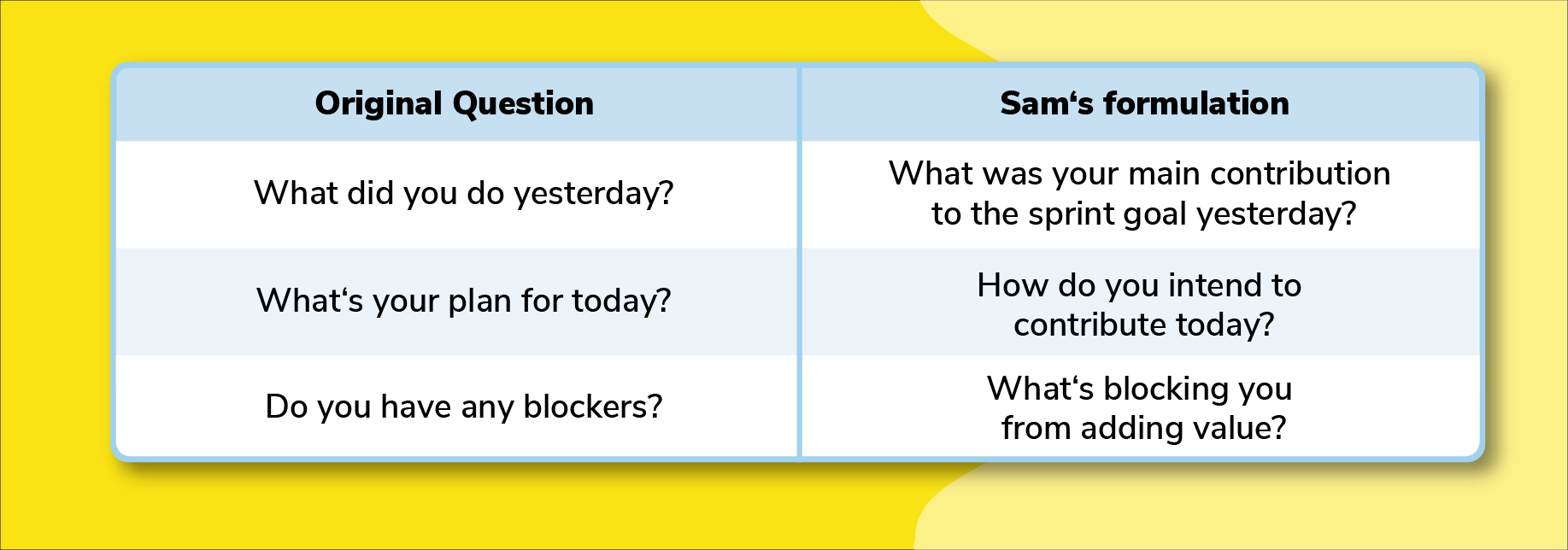
It’s a shift in perspective.
With just these small changes, the focus is not anymore on output and status reporting; much rather, it’s about making sure that you never lose sight of the overall picture. Tasks are there because they are essential to build the final product, but dependencies and relationships are just as important!
These questions became even more intuitive with the app, as team members can link their responses to specific Jira tasks, or add additional items that weren’t captured in Jira jet. The app’s configurable meeting structure breathed life into their meetings!
Challenge 2: Absence of a Centralized Task Manager
At an agile event last year, Sam had joked with some other Scrum Masters:
I just don’t even know anymore if it’s better to have the team use Jira or just have them jote their to do lists with pen and paper. At least, in that case everybody knows that they need to actually talk to each other!
Jira adoption is not black or white. Some people are better than others at maintaining tasks; some product owners are better than others at writing user stories and breaking them into granular tasks that make sense individually. At scale, the lack of a common baseline means that there’s no single source of truth — rather, the team needs to reconstruct it everyday.
An app like NASA is a better starting point for reconstructing the team tasks: every team member can still give a relevant, high quality update without having to fight their own way of working.
- Team members can update Jira issues on the fly while preparing their NASA update
- Tasks that don’t exist in Jira yet can be created during the preparation…
- and the diligent Jira users who have everything up to date, all the time can just select their issues with a click
That degree of freedom is ultimately what makes people happy.

Challenge 3: Hijacked Dailies
The client escalation was far from an isolated incident. Sam remembers dozens of standups kidnapped by urgent discussions or individual initiatives from management. What’s even worse: very often, the team was addressing blockers directly during the meeting, instead of setting an aside meeting for that purpose.

The app’s update timer feature is a game changer. Sam can now check for how long each member speaks, and ask them to get to the point if the go over the limit. But it rarely comes to that: there’s a degree of self- control. Seeing how long each member speaks not only keeps meetings on track, but drastically shortens them.
At the same time, the ability to flag issues for follow up is creating a shared habit for scheduling specific meetings at the end of the standup, as well as reviewing the Team’s Journal to make sure that all flagged issues for that week have been addressed.
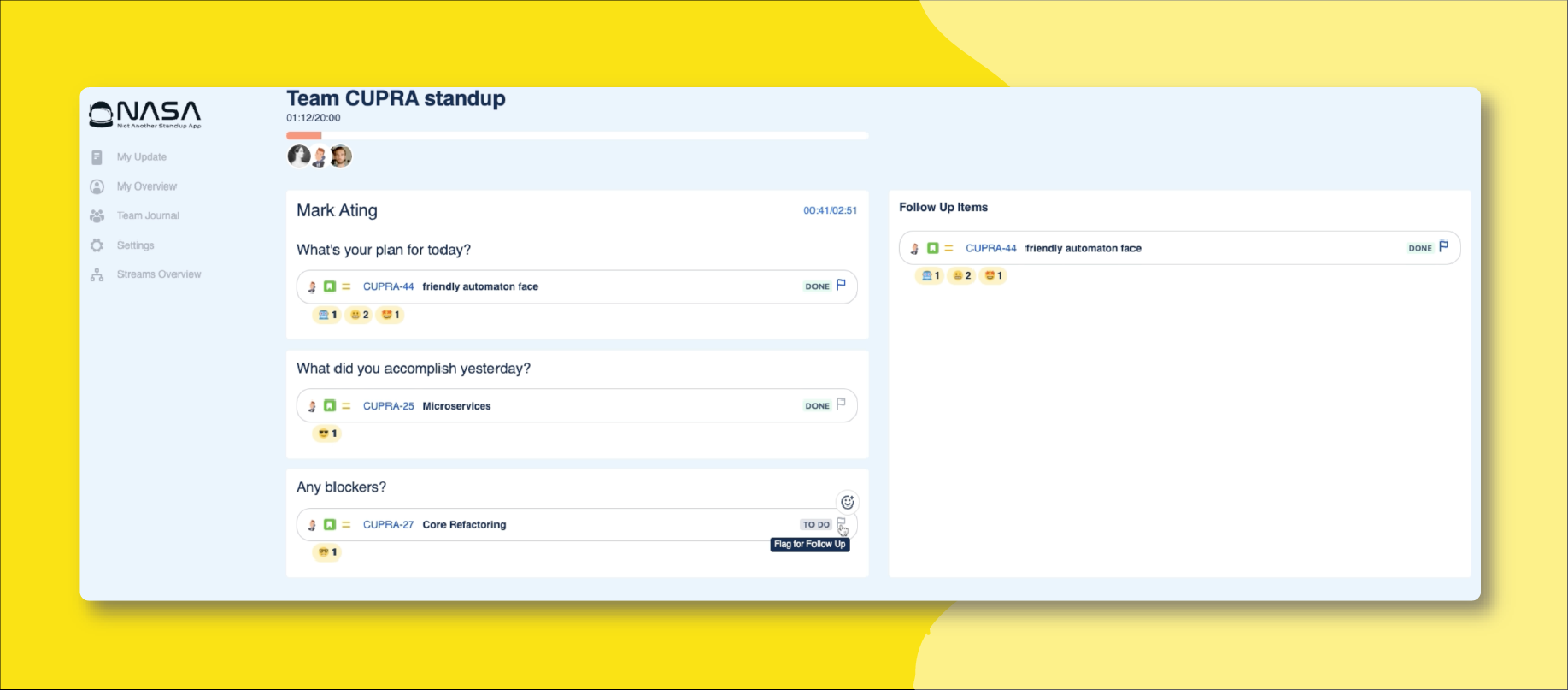
Challenge 4: Curing disengagement with an emoji-based collaboration language

The Zoom sessions were boring everyone to death, and many of the developers had started to work on something else during dailies (be it work-related or personal). Of course, when something important to them was mentioned, they missed it most of the times because they weren’t paying attention…
Sam sees a great opportunity to change this pattern with NASA. To drive change, Sam is designing a unique emoji nomenclature that can convey mood, progress, and criticality on tasks. The goal is to make some emojis unambiguous, so that they can communicate decisions and next steps visually.
The team has really welcome the initiative. There are plenty of emojis without a coined meeting in Sam’s nomenclature, so it’s still possible to react spontaneously. But combining both uses, the written updates have became lively and dinamic discussions!
Sam is basing his work on best practices he’s discovered online, including how Zapier uses Slack emojis to mark certain actions. But to be perfectly honest, he’s really proud of this small project. He hasn’t found any other company creating such a detailed collaboration language with emojis, and the benefits are huge!







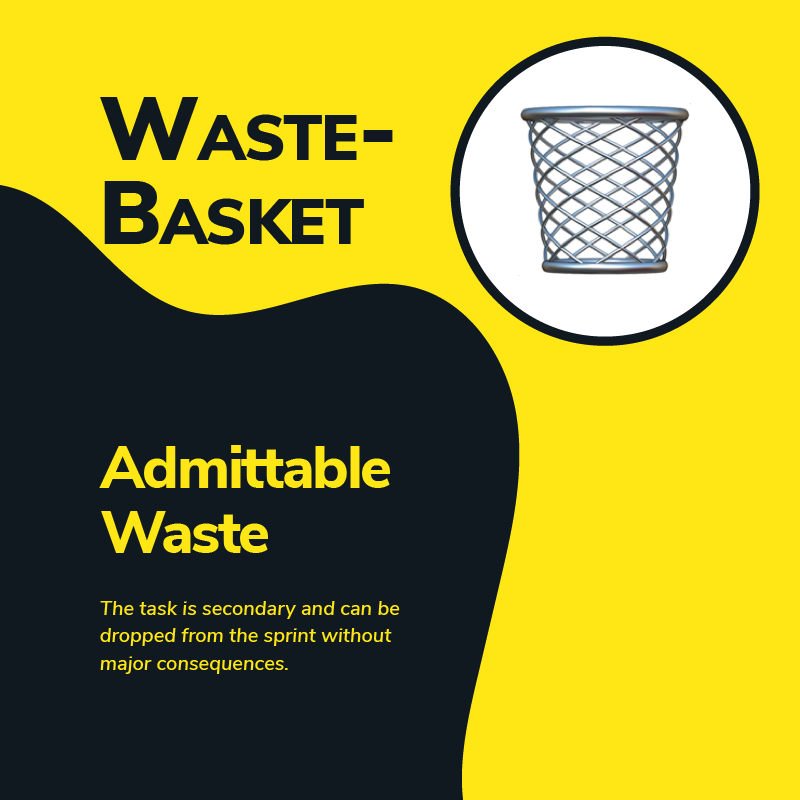

The Impact of NASA on the team (and the company)
Three months after the implementation, the transformation is palpable both in results in the team morale. Attendance to standups has soared from 67 to 86%. Sam interprets this as a double sign: the team is more motivated to show up, and most of the times they are getting value from the session that is actually worth their time.
In a survey, one team member exclaimed, “It’s not a chore anymore, it’s a quick tune-up!”.
Managers are noticing too: releases are more frequent, and the amount of delays in production pipelines has gone down dramatically. Product owners and other managers, though on the sidelines, are really excited about the upcoming guest access to the Team Journal in the next app version. They believe it’s a window into the development’s heartbeat.
As Sam reflected on the journey, the ripple effects of NASA amazed him. The app did not just streamline the dailies; it poured new life into his team’s agile mindset!
The Future: Looking into expanding NASA across the company
With the app’s success in his team, Sam is now set on taking NASA company-wide.
His vision has three aspects:
- Each agile team should have its own stream in NASA, tailored to their needs. This will mainly imply making tweaks to the standup questions, and configuring how NASA suggests Jira issues.
- Sam will also share other facilitation best practices, including the emoji nomenclature, and help other scrum masters in the company adapt the nomenclature to their own workflows, processes, and collaboration practices.
- The app will be evaluated for implementation in other agile rituals like sprint retros, and other teams that don’t do agile, like ITSM teams, or business teams. To do that, Sam is already in touch with resolution’s product team, informing them of what type of improvements would make his life even easier.
What’s clear for Sam, is that there is a time before and a time after NASA. Finally, there’s an app for Jira that makes virtual collaboration feel as exciting and entertaining as working in an office with your favorite people.
